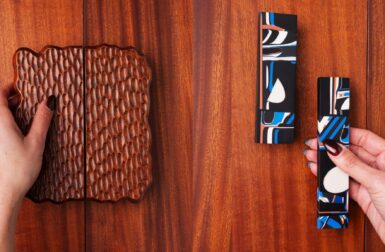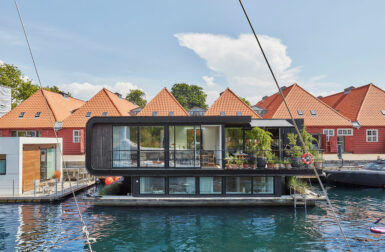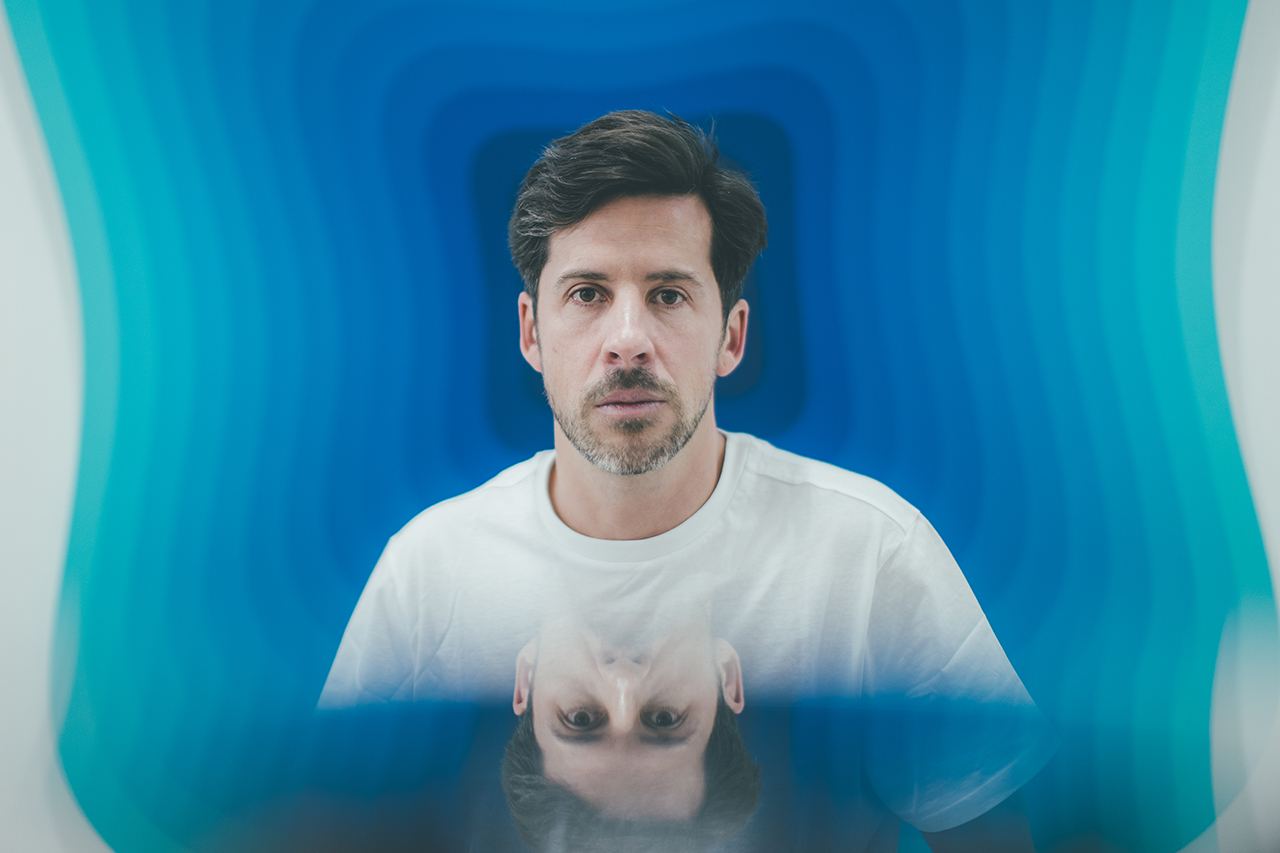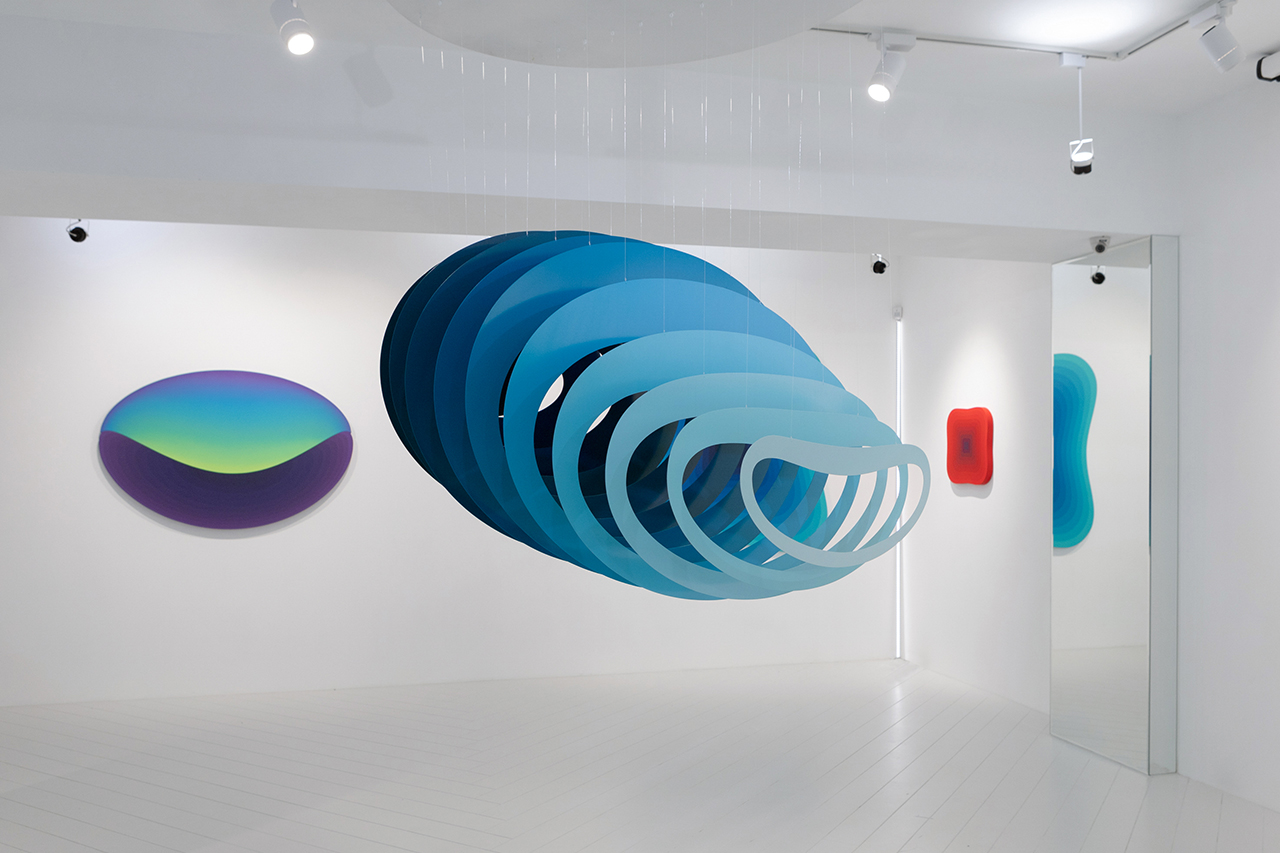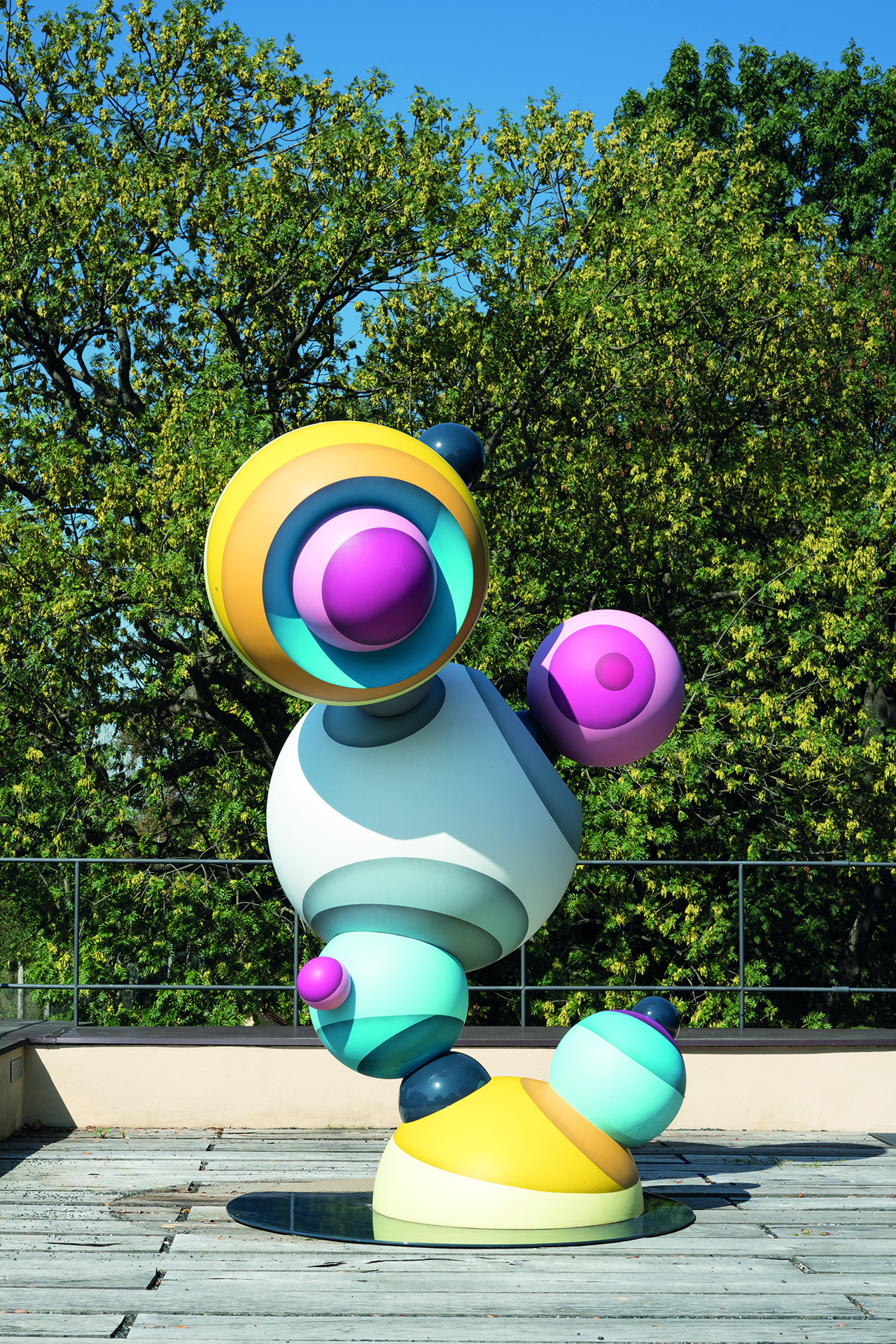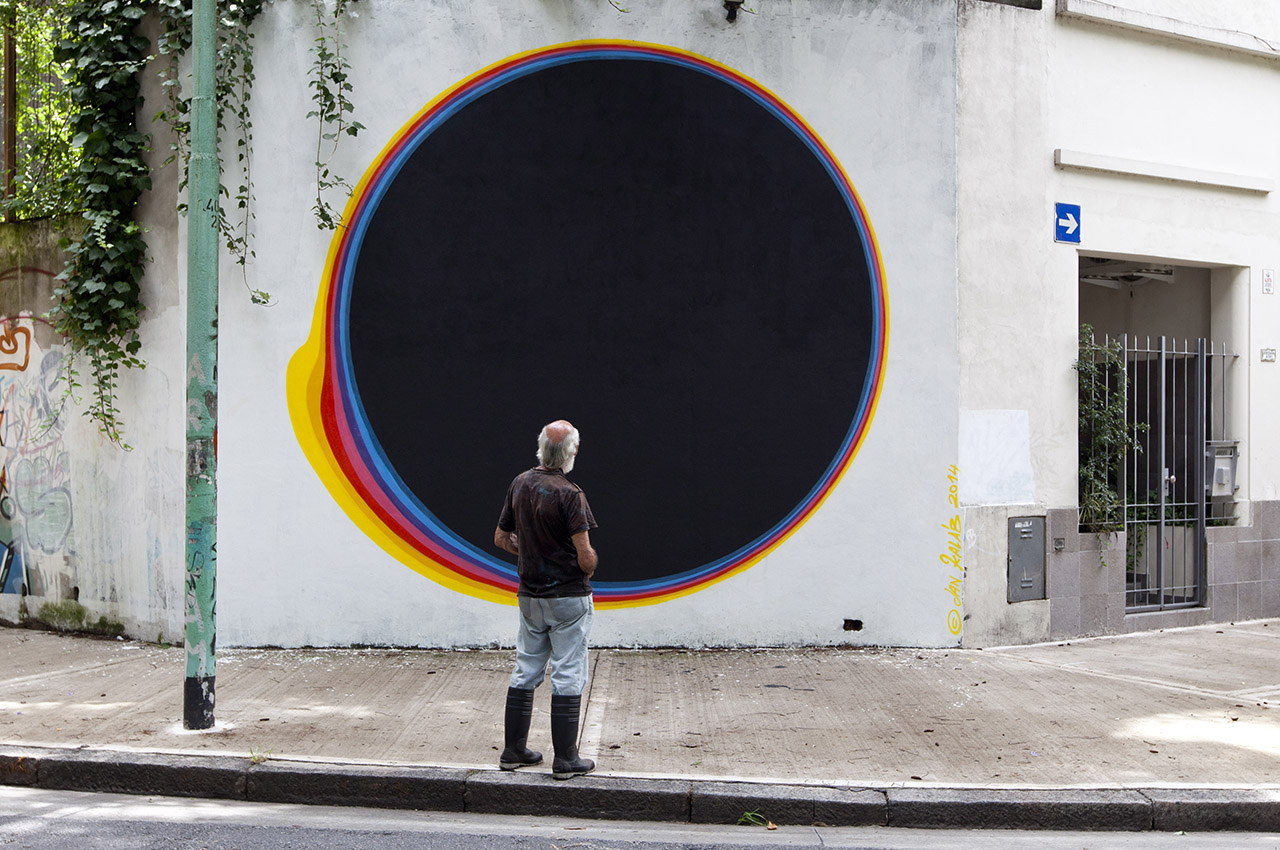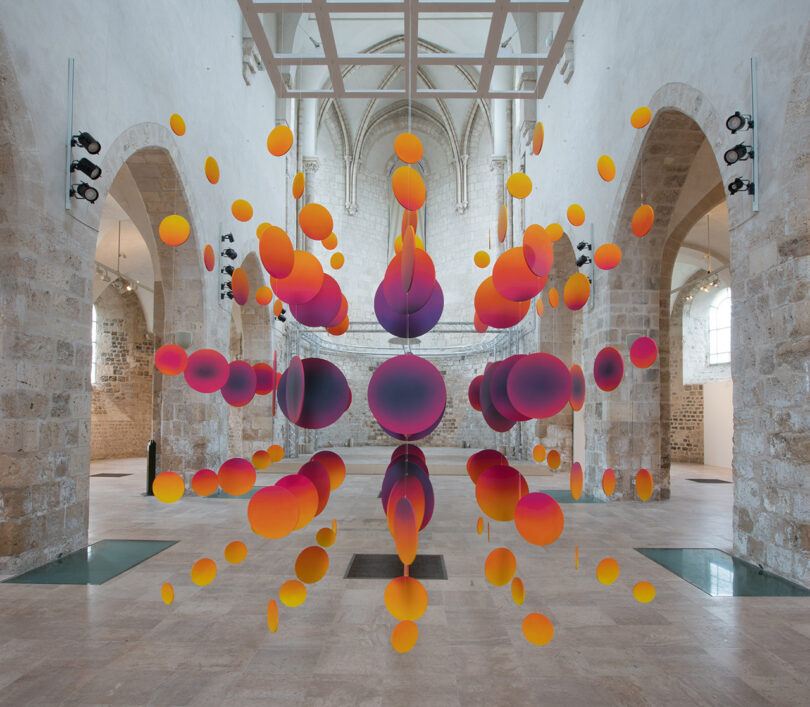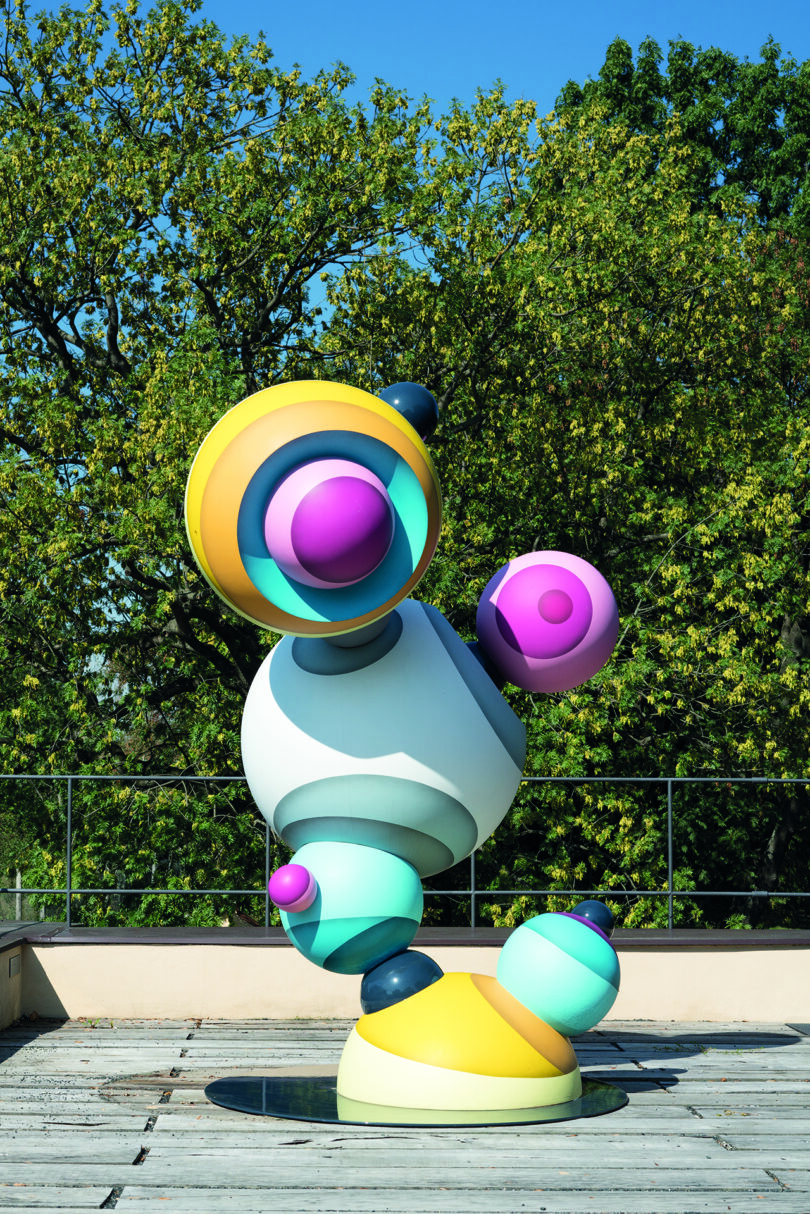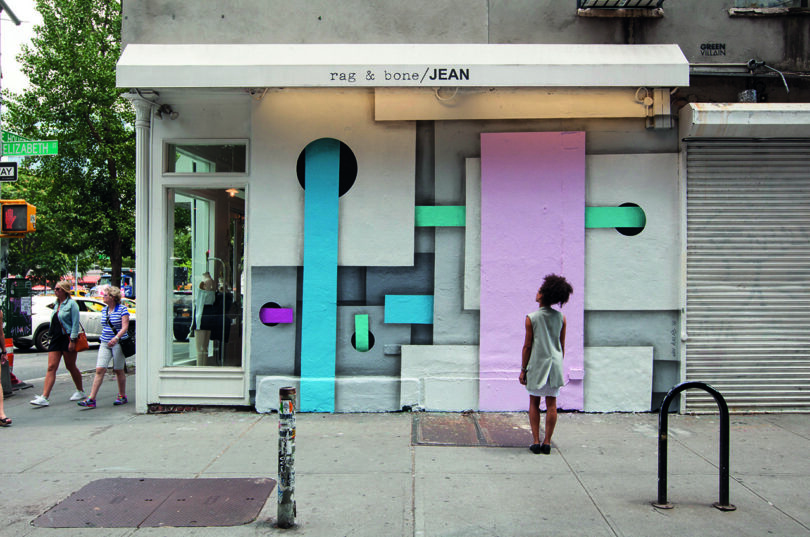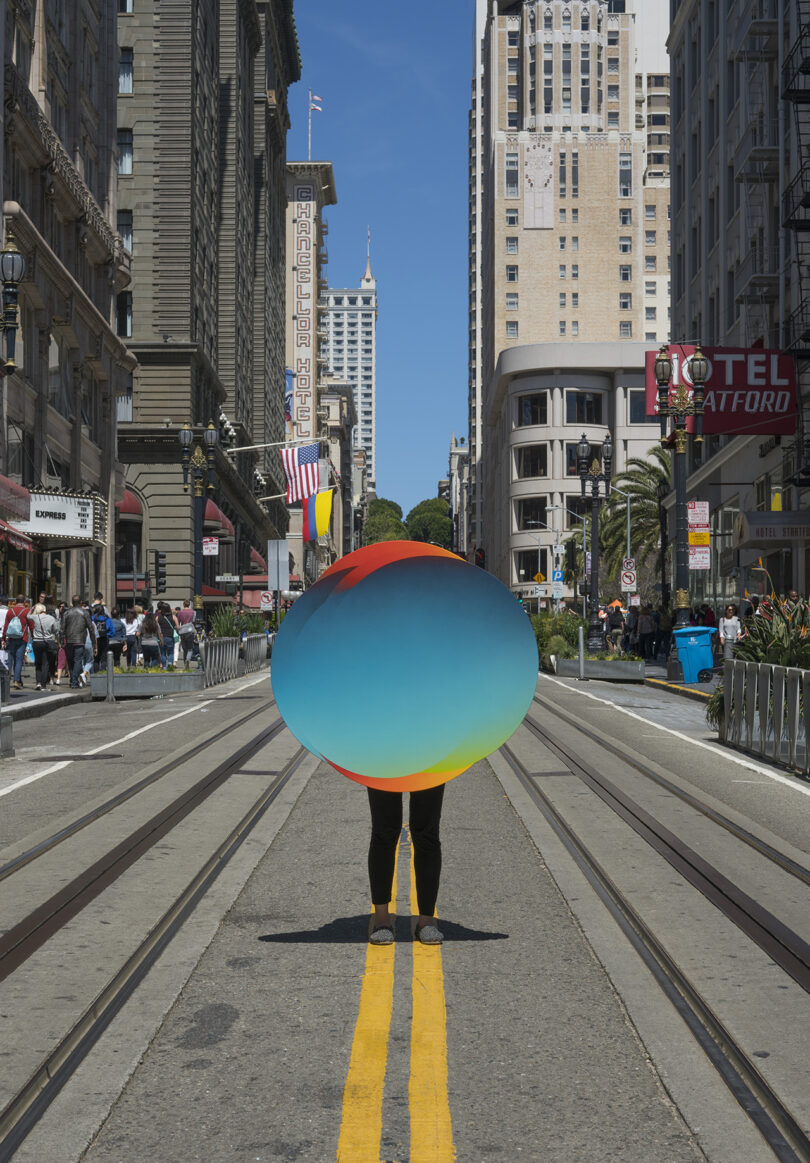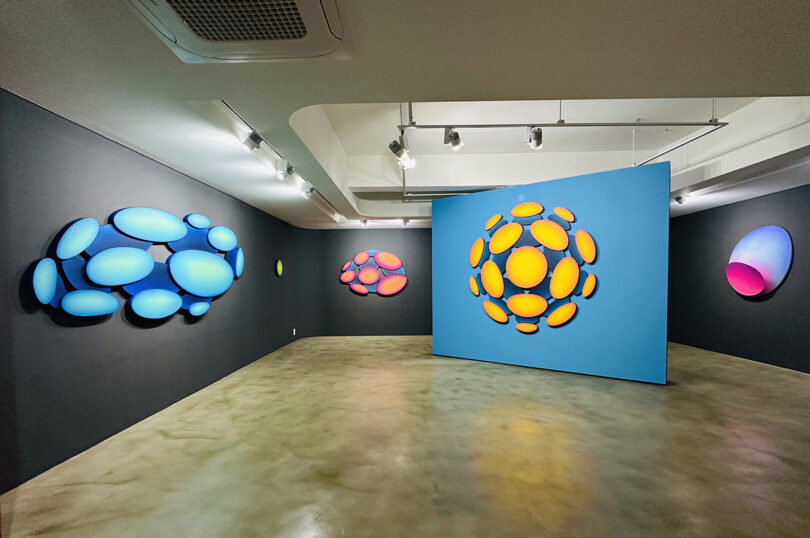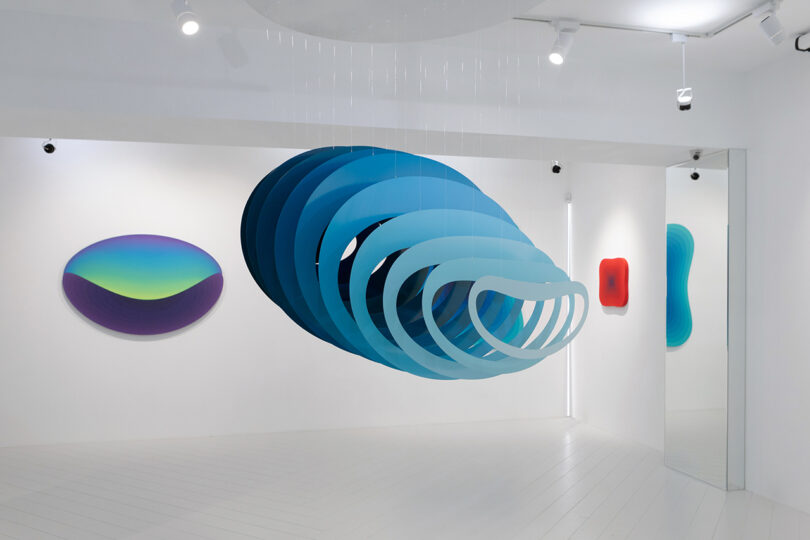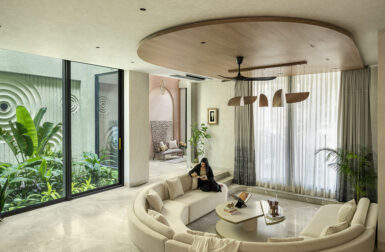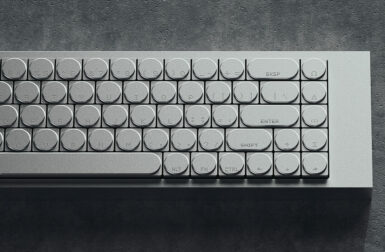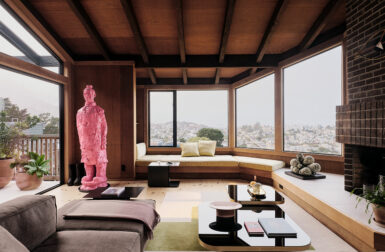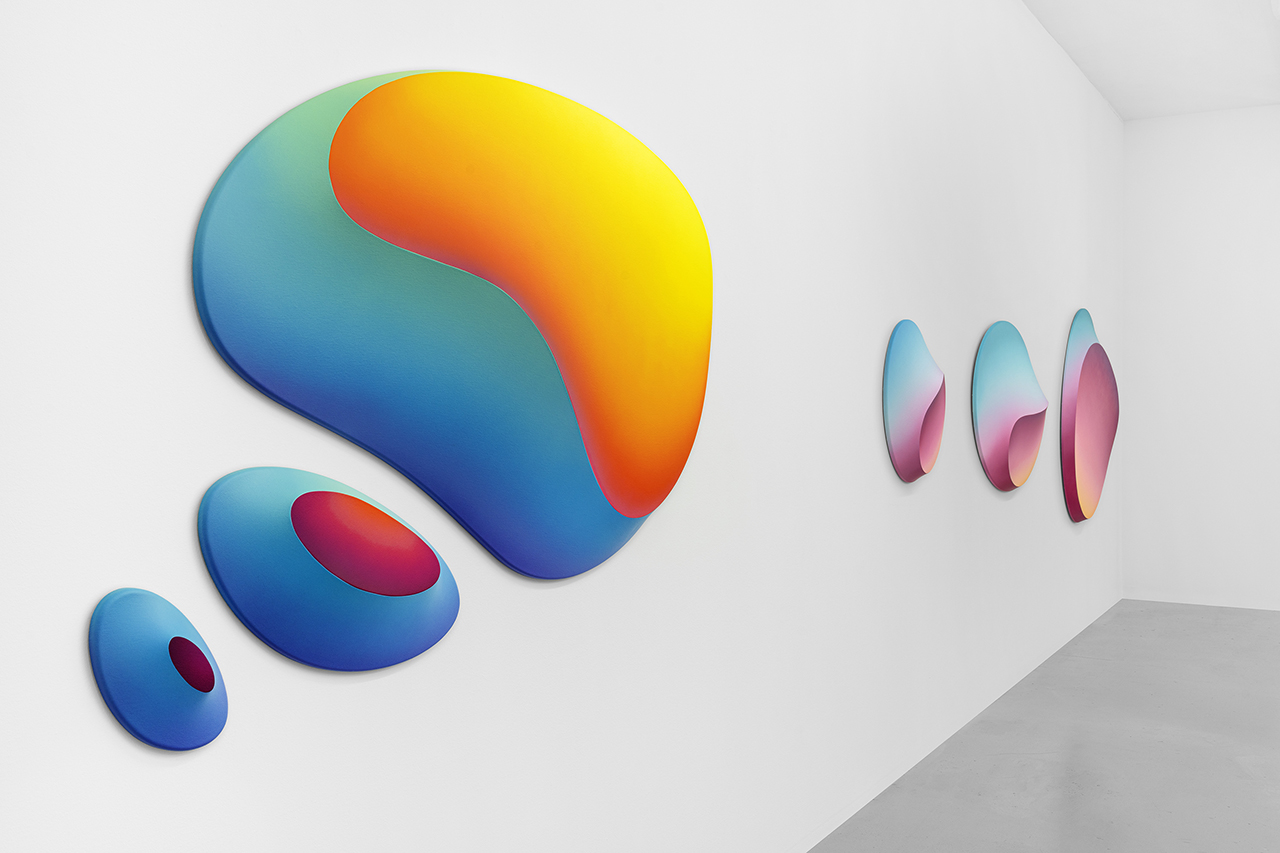
“My paintings teeter on the edge of sculpture and my sculptures are mostly painted,” said Czechoslovakian contemporary artist Jan Kaláb. His view on the evolution of his own art, from what began as lettered graffiti, is interesting and a real story of following what’s possible. As an artist, it’s easy to start off with one style, one medium, and then remain pigeon-holed for the rest of your career. Others, like Jan, see the potential that lies beyond, looking ahead and naturally evolving into an artist who works across mediums and techniques. We had the opportunity to talk with him about his creative trajectory and how it came to be.
Jan’s creative roots are based in graffiti, street art, and murals – he’s widely recognized as being a founding pioneer of the Prague scene. Since the early days of his practice, paintings, sculptures, and 3D graffiti have been added to his portfolio, and his work has been shown in galleries around the world. It’s through the continuous exploration of new techniques and structures that Jan takes what you think you know and recognize into another dimension – the unknown. What doesn’t change is the artist’s commitment to the joy of playful discovery and infinite possibilities that lie ahead.
“I did my first graffiti piece in the fall of 1993, when I was 15-years-old. I used to draw and I studied at an art high school, but I didn’t call myself an artist just yet. Graffiti was a mystery at that time, there were just a couple of pieces around Prague; no information, no magazines, no internet,” he shared.
“You have to understand that all this culture started to penetrate in my country after the Berlin wall fell in 1989, so our scene in Eastern Europe was 10-15 years behind. But once it began in the late 90s the streets exploded and you saw painted subway cars everywhere. We were traveling lots between cities to paint and to meet new friends, it was amazing. This is what lit up the real passion for creation in me.”
Shape and color are the main factors in Jan’s work, which he pushes, blends, exaggerates, or minimizes to express himself. Nature and the micro and macro cosmos inspire him, but he has no desire to capture or replicate an existing image or story. Instead, Jan looks for universal beauty through a new perspective or a fresh way to tell an existing story. “The sensations you get when you remember any special moment or melody; this feeling of déjà vu is what I strive to achieve and wish to resonate with my audience,” he said.
“I paint with acrylic on custom-sized, organic shaped frames made in my studio. I create sculptures from different materials, such as wood, resin, or bronze. I like to do light suspended installations. It is also important for me to work in a virtual space, so I can translate my physical art into digital forms, such as augmented realities or animated NFTs. My sources of inspiration for my work are inexhaustible.” He added, “Also, seeing others succeed gives me inspiration for how to present my work in order to succeed as well.”
When I asked Jan when he began picturing his graffiti as art, he said that’s how he’s always viewed it, because it was created with heart. “I spent around 20 years of research and creating to find out graffiti does have its limitations, and art has more universal appeal. I transformed my [graffiti] letters into abstract elements, and from that point my approach shifted as well. Until that time I believed art in galleries was dead and the only vivid form was on the streets, which is nonsense, of course. In my 30s I have learned how to use brushes, how to stretch canvases; I changed my opinion that artwork doesn’t need to be ephemeral and it is actually really challenging to create something that has an ambition to stay forever. I transformed myself into an abstract artist, but still with love for graffiti.”
Jan noted that each technique he uses is challenging it its own way, and those experiences can then influence what he creates in other formats. “Painting is most relaxing in terms of the process; I’m in my studio, listening to music, and playing with colors. Creating a sculpture is amazing because it is something that stands on its own, and it is much more challenging in the production process. The digital format, like animated NFT, light projections, or objects allow for different effects, but it is not that physical. You have nothing as soon as you lose electricity.” Which is something I doubt many of us think about from that perspective.
I couldn’t resist asking Jan about his favorite piece created so far, and he was able to narrow it down to three. “Gold wholecar” we did with Romeo in NYC in 2000, and proved to ourselves that we can do anything. The “Red Point” installation in MASP Museum in Sao Paulo in 2011 was the first time the whole crew of carpenters built this big thing based on planes we did with an architect. And a series of paintings I created in my Brooklyn studio and photographed in the streets of Manhattan in 2014, because I found my authentic style.”
To learn more about Jan Kaláb and his body of work, visit jankalab.com.
